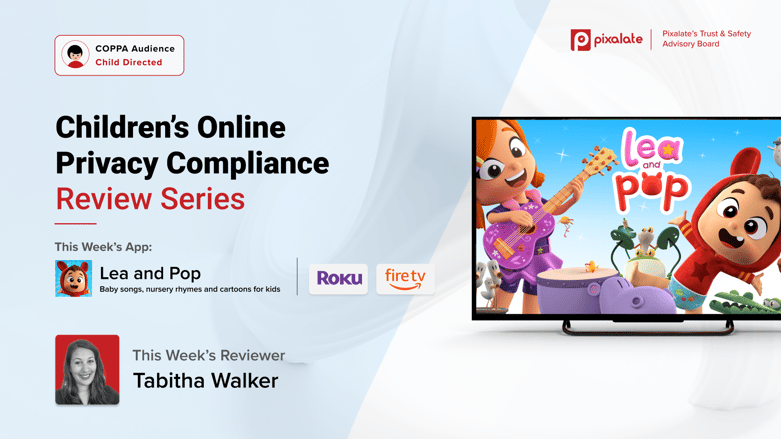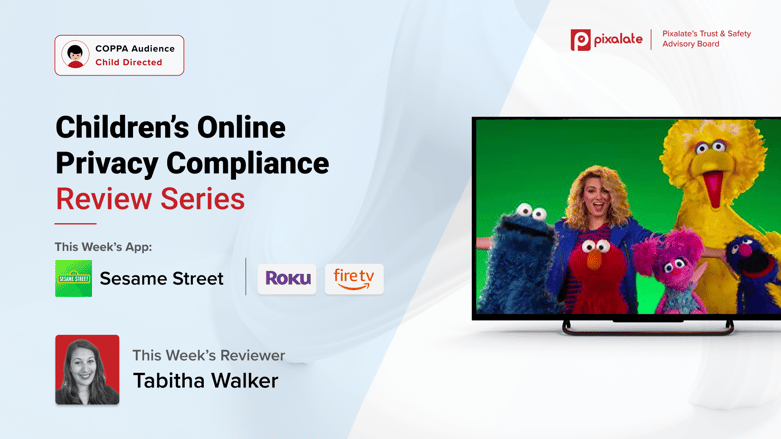
This week's review of ad fraud and privacy in the digital advertising space:
%20by%20Market%20Share.png?width=781&height=439&name=Dec%202022%20Top%20Mobile%20Programmatic%20Ad%20Sellers%20(SSPs)%20by%20Market%20Share.png)
Pixalate released the December 2022 Supply-Side Platform (SSP) Global Market Share Rankings for mobile in-app. The rankings feature the top SSPs by open programmatic ad market share for apps across the Google Play and Apple App stores. Read the full blog here.

Pixalate continued its Mobile App Manual Reviews According to COPPA series, containing the detailed factors the Trust & Safety Advisory Board educators used to assess an app’s child-directedness. This week we reviewed 'Lea and Pop - Baby song and cartoons for kids' from the Amazon Fire TV App store and the Roku Channel Store. You can read the full review here.

This week we also reviewed 'Sesame Street' from the Amazon Fire TV App store and the Roku Channel Store. Read the full review here.

Pixalate spoke with Josh Solomon, Co-Founder of Luna Media on maintaining quality ad inventory across multiple devices. Of the company’s relationship with Pixalate, Josh said "From a technology standpoint, we scan 100% of our inventory with Pixalate using both pre-bid and post-bid technology. This helps us filter out any unwanted supply that can be harmful to our advertising partners." Read the full Q&A here.
*By entering your email address and clicking Subscribe, you are agreeing to our Terms of Use and Privacy Policy.
These Stories on Weekly Recaps
*By entering your email address and clicking Subscribe, you are agreeing to our Terms of Use and Privacy Policy.

Disclaimer: The content of this page reflects Pixalate’s opinions with respect to the factors that Pixalate believes can be useful to the digital media industry. Any proprietary data shared is grounded in Pixalate’s proprietary technology and analytics, which Pixalate is continuously evaluating and updating. Any references to outside sources should not be construed as endorsements. Pixalate’s opinions are just that - opinion, not facts or guarantees.
Per the MRC, “'Fraud' is not intended to represent fraud as defined in various laws, statutes and ordinances or as conventionally used in U.S. Court or other legal proceedings, but rather a custom definition strictly for advertising measurement purposes. Also per the MRC, “‘Invalid Traffic’ is defined generally as traffic that does not meet certain ad serving quality or completeness criteria, or otherwise does not represent legitimate ad traffic that should be included in measurement counts. Among the reasons why ad traffic may be deemed invalid is it is a result of non-human traffic (spiders, bots, etc.), or activity designed to produce fraudulent traffic.”

